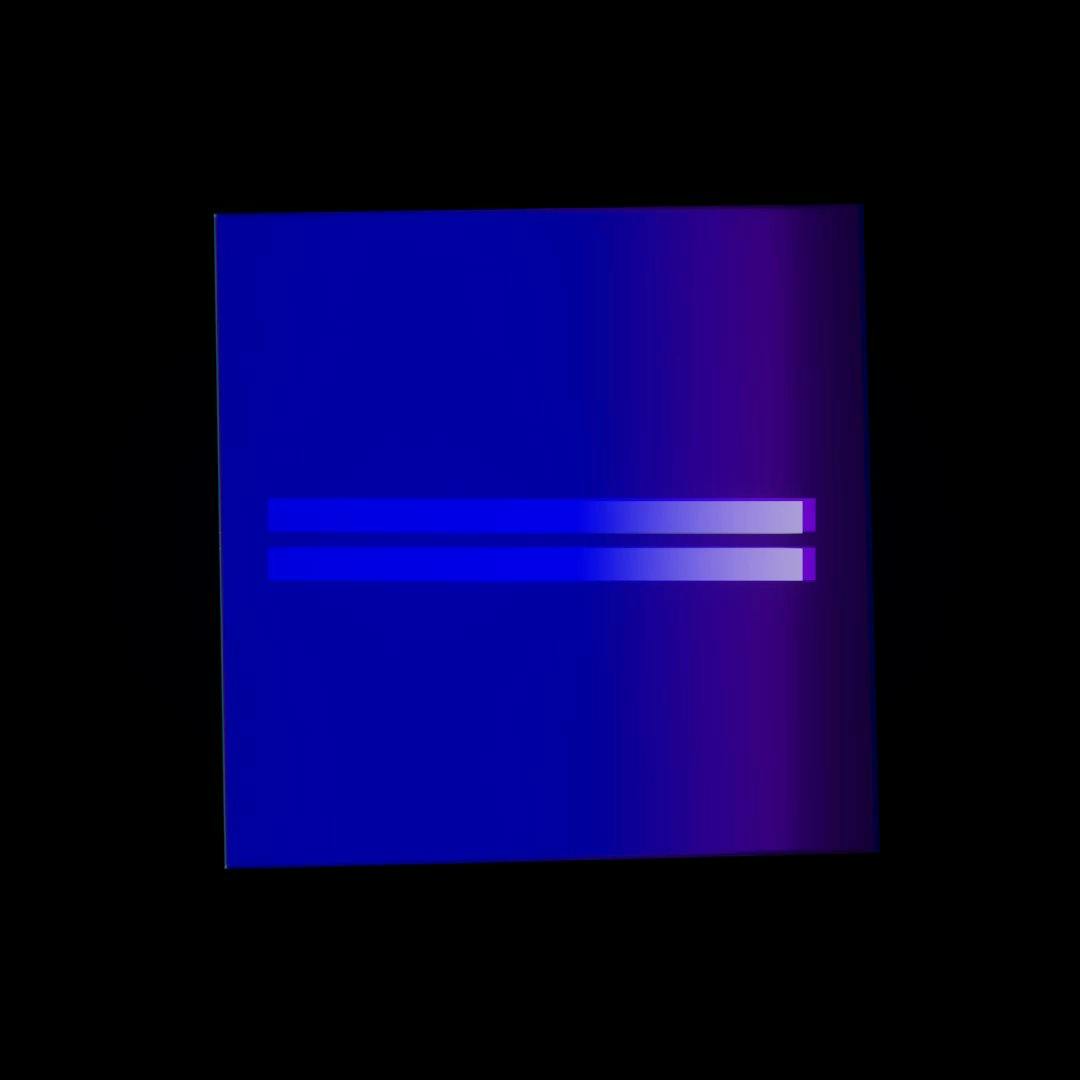Test Page Wavy


RTF: Link, Bold, Italic, Underlined, Code, highlighted, strikethru
Heading / H1
Text (Font Size: Medium, Color: Black)
CODA wins Best Picture and Dune (director Denis Villeneuve) wins in six categories at the Academy Awards.
On this day:
1822 – The United States merged East Florida and West Florida to create the Florida Territory.
Te Whanganui-A-Hei Marine Reserve is in the southern part of Mercury Bay on the Coromandel Peninsula in New Zealand. Seen here is Cathedral Cove, with its bluffs and natural rock archway, a popular tourist destination.
Part of the marine reserve lies off the Cathedral Cove Recreation Reserve, which runs from the northern end of Hahei Beach in the south-east to beyond Cathedral Cove in the north-west. With attractions such as a natural rock archway and neighbouring beaches at Cathedral Cove, the area is very popular with tourists, and receives around 150,000 visitors per year.
Some code:
Color.valueOf(0.923f, 0.235f,0.235f, 1f)
🌎 White Callout w/ Ghost CTA 🌎
50% BETTER STORY
4X MORE COLORS
EZ PREVIEWS
PNG, MP4, SVG, ETC
DeSigN sYSteM
↑ Above are two Media (Image), both Square, inside a Group with Large layout, set with a Column Gap: 24, and with no subtitles. This text is in Gray 500.


This is a subtitle for a Media Grid.
Most bird eggs have an oval shape, with one end rounded and the other more pointed. This shape results from the egg being forced through the oviduct. Muscles contract the oviduct behind the egg, pushing it forward. The egg's wall is still shapeable, and the pointed end develops at the back. Long, pointy eggs are an incidental consequence of having a streamlined body typical of birds with strong flying abilities; flight narrows the oviduct, which changes the type of egg a bird can lay. Cliff-nesting birds often have highly conical eggs. They are less likely to roll off, tending instead to roll around in a tight circle; this trait is likely to have arisen due to evolution via natural selection. In contrast, many hole-nesting birds have nearly spherical eggs.
Contrary to popular belief, Lorem Ipsum is not simply random text. It has roots in a piece of classical Latin literature from 45 BC, making it over 2000 years old. Richard McClintock, a Latin professor at Hampden-Sydney College in Virginia, looked up one of the more obscure Latin words, consectetur, from a Lorem Ipsum passage, and going through the cites of the word in classical literature, discovered the undoubtable source.
More!
More!
More!
